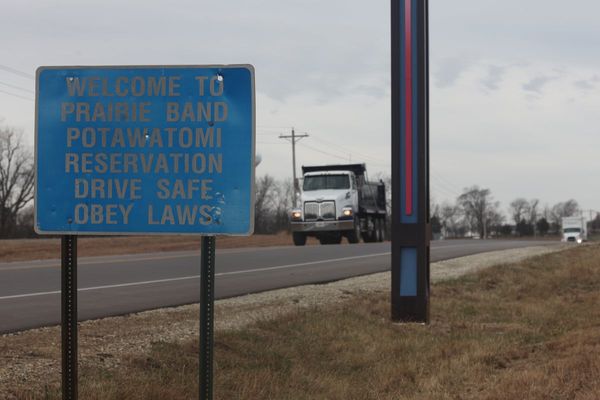Number plates in the UK are highly regulated—and for good reason. They’re essential tools for law enforcement, automated traffic monitoring, and public safety. But with the rise in personalised registrations and custom styling, some vehicle owners take creative liberties with fonts, spacing, and even bolt placement in an attempt to make plates appear more distinctive. While many of these changes might seem harmless or purely aesthetic, the law views them very differently.
Tampering with your number plate—whether by changing its font or tweaking the spacing—is not only illegal but could land you with a £1,000 fine, an MOT failure, or even the loss of your registration number. It’s important for all drivers, especially those investing in private plates, to understand what’s legally acceptable and what crosses the line.
What the Law Requires
Number plates must meet the specifications set out in the Road Vehicles (Display of Registration Marks) Regulations. These standards are in place to ensure that number plates are easily readable by humans and machines alike. For plates issued after September 2021, this means complying with the British Standard BS AU 145e, which governs everything from durability to reflectivity.
Legally, all number plates must use the Charles Wright font, a specific typeface designed for high legibility. The height and width of each character, as well as the spacing between them and between groups of letters and numbers, must follow exact measurements. The rules are as follows:
- Character height: 79mm
- Character width (except the number 1 or letter I): 50mm
- Character stroke thickness: 14mm
- Space between characters: 11mm
- Space between the age identifier and the random letters: 33mm
- Margins (top, bottom, sides): 11mm
These standards ensure every vehicle can be accurately read by ANPR systems and other tracking technologies. Altering these dimensions—even slightly—renders a plate illegal.
What Counts as Tampering?
Tampering involves any action that alters the plate from its legal state, either to change the appearance of the characters or to make the registration spell out a word or name. Common examples include:
- Using non-standard fonts, such as script or italicised letters
- Adjusting spacing to make the plate look like a name or phrase
- Adding screws or bolts to imitate or alter character shapes
- Using tinted covers or reflective films that reduce legibility
- Misaligning or reordering characters for stylistic effect
These modifications might seem like a creative expression, but they can seriously hinder the legibility of your plate. ANPR cameras rely on accurate data capture, and tampered plates can interfere with this process. Law enforcement considers these changes to be deliberate obstructions, not harmless decoration.
Enforcement and Consequences
If you’re caught driving with an illegal plate, you can be issued a fixed penalty notice on the spot. In more serious cases, the police may report you for prosecution, especially if they believe the tampering was intended to deceive or obscure the vehicle’s identity.
Your vehicle could also fail its MOT test if the number plate does not conform to legal requirements. This can result in delays, extra expenses, and inconvenience—particularly for drivers who were unaware that their plates were non-compliant.
In some instances, especially with private or cherished registrations, the DVLA may even revoke the registration number entirely if it has been persistently misused. That’s a costly risk for anyone who has spent money on a custom plate.
Staying Legal While Looking Good
If you're keen to personalise your vehicle with a private plate, the good news is that there are plenty of legal ways to make your car stand out. Suppliers like Regplates provide fully compliant personalised plates, including 3D and 4D styles, that meet all DVLA and British Standard specifications. These allow for a unique look while remaining completely legal.
The key is to work within the rules. Stick to approved fonts, maintain the correct spacing, and avoid any decorative touches that obscure the characters. Make sure the plate is made from reflective material, includes the supplier’s information, and—if issued after September 2021—displays the BS AU 145e standard mark.
Personalisation is part of what makes private number plates so appealing, but the priority should always be clarity, compliance, and safety. By understanding what counts as tampering and steering clear of those pitfalls, you can enjoy the individuality of a custom plate without running afoul of the law.







